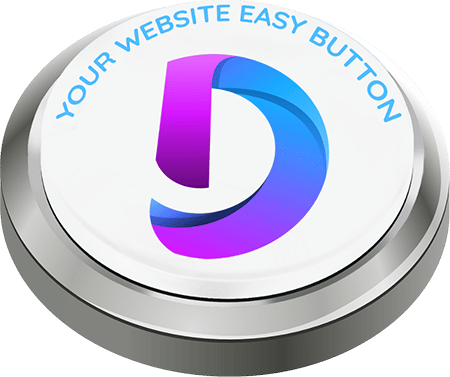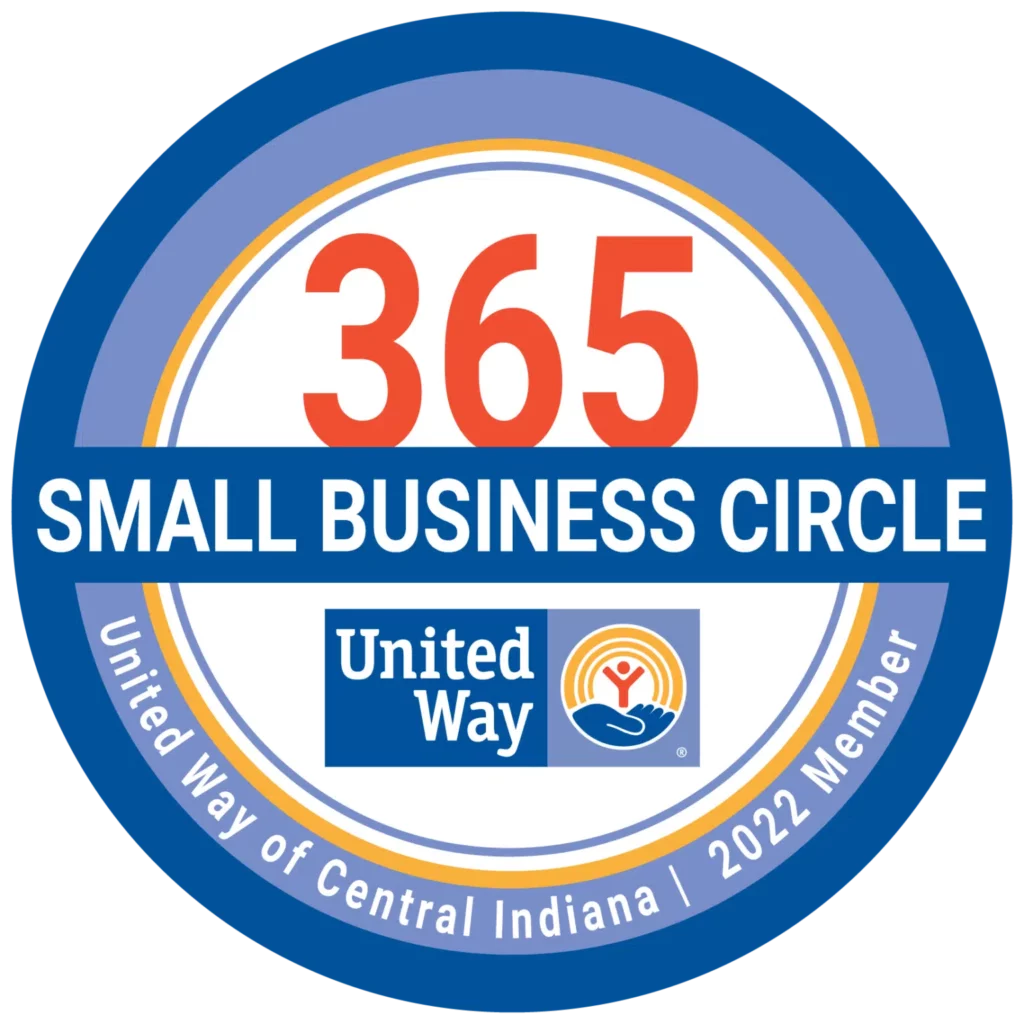In recent years, the web has evolved at a breakneck pace. Your nonprofit needs to be up to date on the latest nonprofit website design trends for your online fundraising efforts to stand out and bring in more donations. The more user-friendly your website is, the more likely future donors will return!
Here are a few website dos and don'ts to help create a donor-friendly experience.
1. Retire Flash
Flash gained popularity by making webpages more entertaining using video, animation, audio, and movement. However, because Flash is no longer supported on many mobile devices, many donors will be unable to view your site if they visit from a phone or tablet.
Most online fundraising software and open source platforms will use HTML or CSS instead. These are quick and simple alternatives to Flash.
If your nonprofit is creating its website, it's critical to make it as donor-friendly as possible, even if that means abandoning Flash.
2. Use No Self-Playing Audio or Video
Contributing control audio and video recordings can be valuable assets for your nonprofit. Donors dislike visiting a website and hearing or viewing audio or video without understanding its source or how to disable it. Unanticipated music may sometimes be unsettling to donors!
Giving donors the ability to interact with video or audio content adds an interactive element to your website that can keep visitors on the page for longer. Ensure that contributors can press the play button at any time. Otherwise, they may be discouraged from visiting your website.
3. Don't Hide Your Most Important Information
Your most critical information should be displayed first on the site as a general guideline. This suggests that your organization's name and mission statement should be readily available. Furthermore, a large, significant graphic should highlight your group’s cause.
Rank your information by importance to determine what information takes precedence. This generates a content hierarchy and allows you to customize where and how the content is displayed to optimize the user experience.
Donors may leave your website if this vital information is hidden. After all, donors want to learn about your organization and its goals as soon as they visit your website.
4. Highlight Your Donation Buttons
Include a “Donate Now” button above the fold on your website and blog pages. The fold is the portion of a webpage that remains visible as a visitor scrolls up and down the page.
Maintaining your donation button above the fold ensures that, regardless of where a user is on your website, they may donate if desired.
Many websites accomplish this by placing the contribution button in the menu bar's uppermost position, where it is always visible. In addition, your organization will no longer be required to manually add the donation button to each page!
5. Remember to Adjust for Mobile
Donations made via mobile and tablet devices have skyrocketed in recent years. Make sure your website is mobile and tablet friendly so that on-the-go donors have a positive user experience.
Many mobile-optimized sites display small, text-only buttons that are easily accessible at all times. These buttons can be used for email reminders about upcoming fundraisers or thanks for new donors.
Conclusion
Nonprofits use their websites to interact with their current community and reach new audiences in this digital age. Online fundraising must be quicker, more convenient, and more user-friendly to attract and retain donors.
Creating a website for your nonprofit organization does not have to be challenging or time-consuming. However, you must consider the tenants of good user experience design when developing your website.
Do you want to make your website stand out? Distinct is the best choice for you! We design high-quality websites that are both cost-effective and easy to use. Our local web experts in Indiana offer unending support so you can focus on your business. Contact us today!







